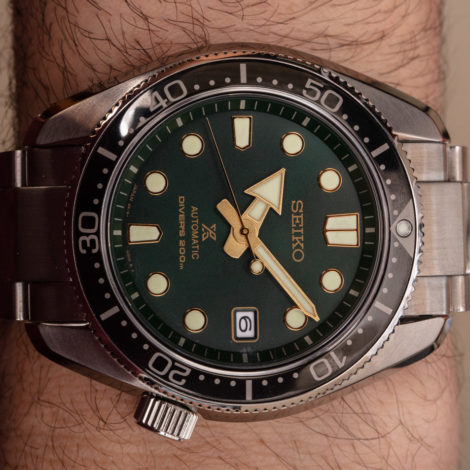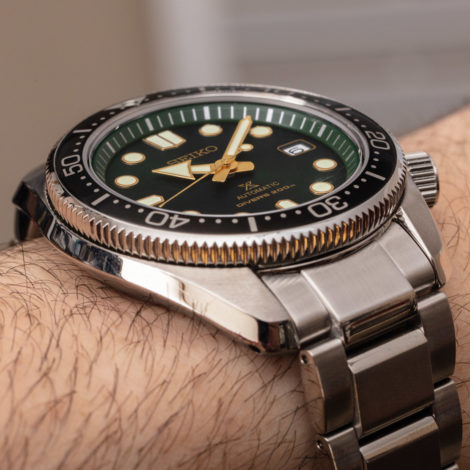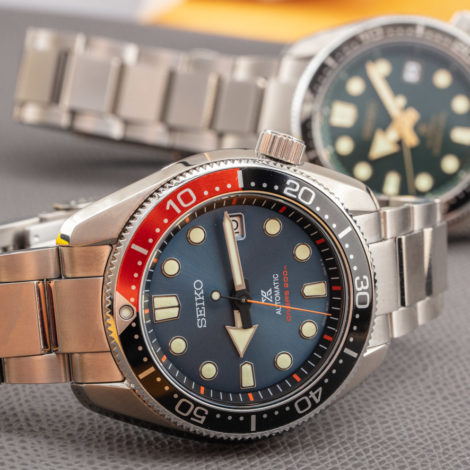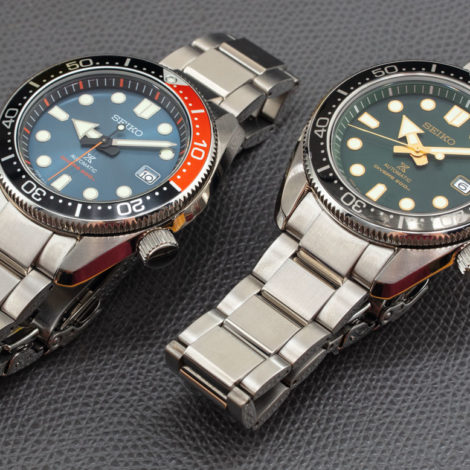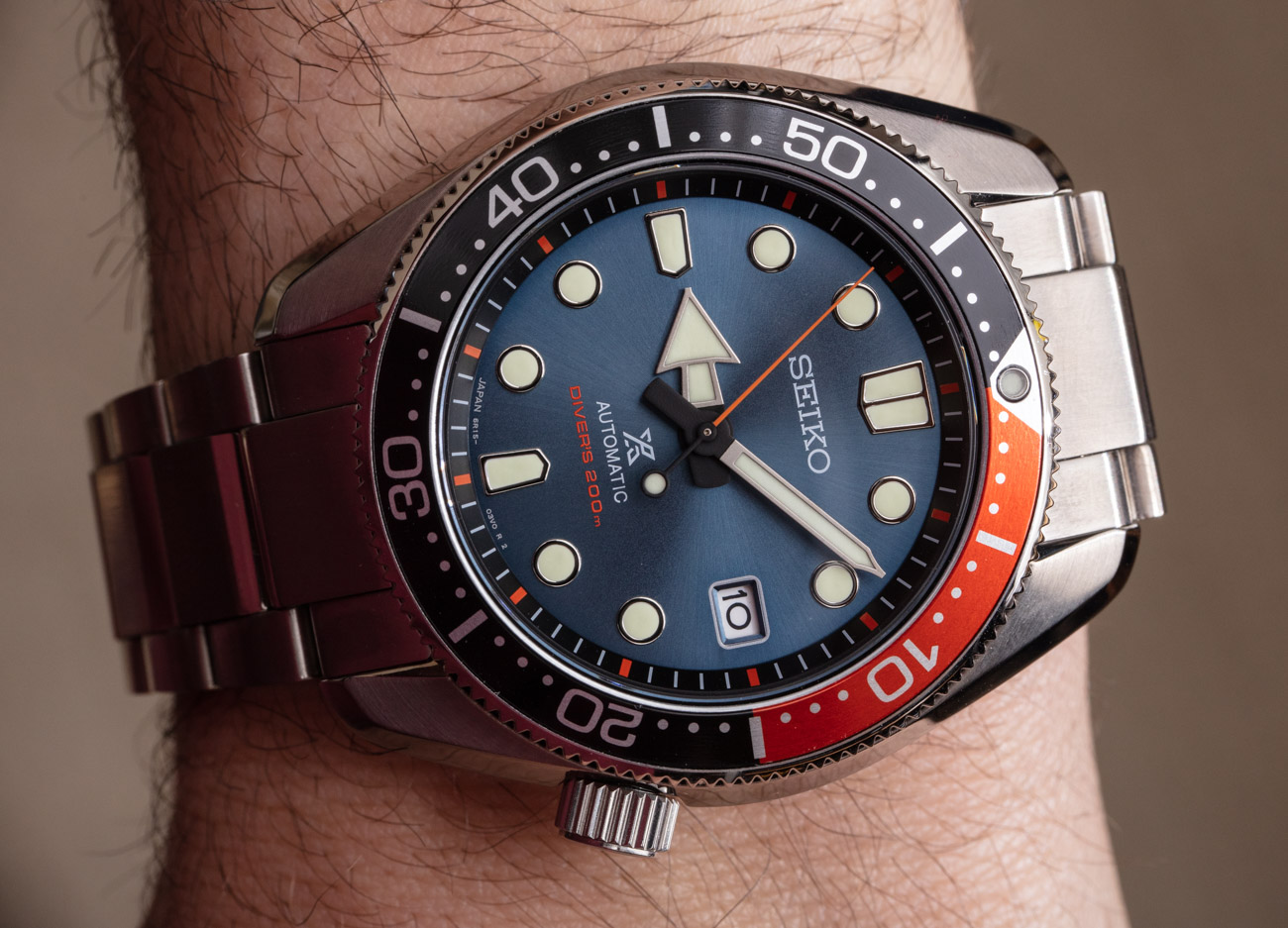
You can’t go very far these days without seeing a Seiko dive watch. That goes for whether you are a watch lover, or not. One of the most popular mainstream watches you’ll seen on people’s wrists is likely to be some sort of Seiko dive watch, and if you are a timepiece enthusiast, Seiko makes a dizzying array of new diver’s watches each year. Today, I’m talking about a particular colorway of a Seiko Prospex diver’s watch that has been covered on aBlogtoWatch a few times — such as our hands-on article about the Seiko Prospex SPB077 and SPB079 here, or the limited edition Prospex SPB107 “Topper Edition” edition. In this article, I’ll focus on the Seiko Prospex SPB097, but I am also including some shots of the Seiko Prospex SPB105, which has a different dial color and bezel material — just because.
This generation of Seiko Prospex SPB watches debuted about two years ago and is part of Seiko’s larger push upmarket. The brand’s more long-term strategy is to offset decreased production numbers (brands like Seiko have had to deal with the natural fact that a world of smartwatches means that the market for sub-$400 traditional watches is much smaller) by selling more of its “premium” products, which come with accordingly higher price points. That isn’t to say that Seiko has abandoned the lower price points (see Seiko 5 watches here) but rather that the popular Seiko Prospex collection of sports and diver’s watches begins higher up the price ladder. Seiko hasn’t just offered the same watches at higher price points. That would normally be a tactic the Swiss brands engage in. Instead, Seiko has broadly increased the value proposition of its core products in a series of subtle ways. More so, I think Seiko is executing a “see what sticks” approach by trying a lot of things when it comes to new watches and seeing which of those does best in the market.
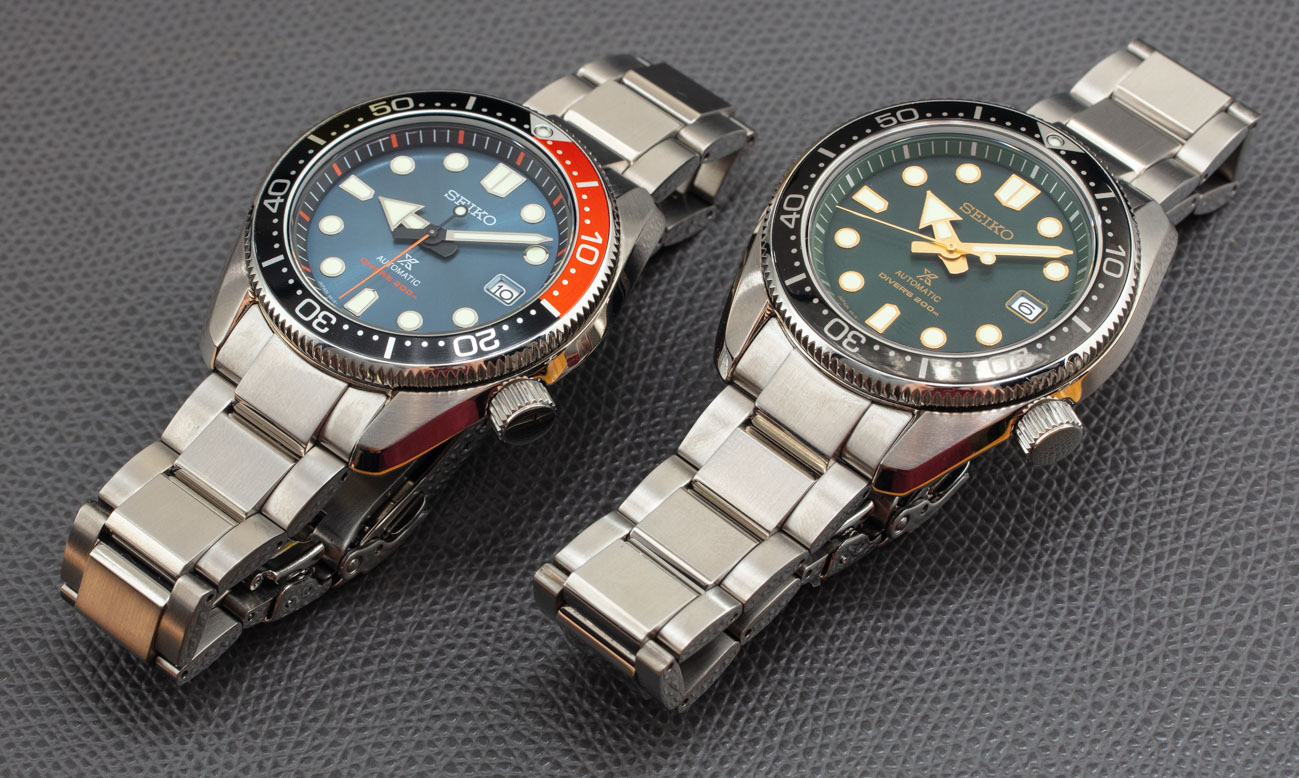
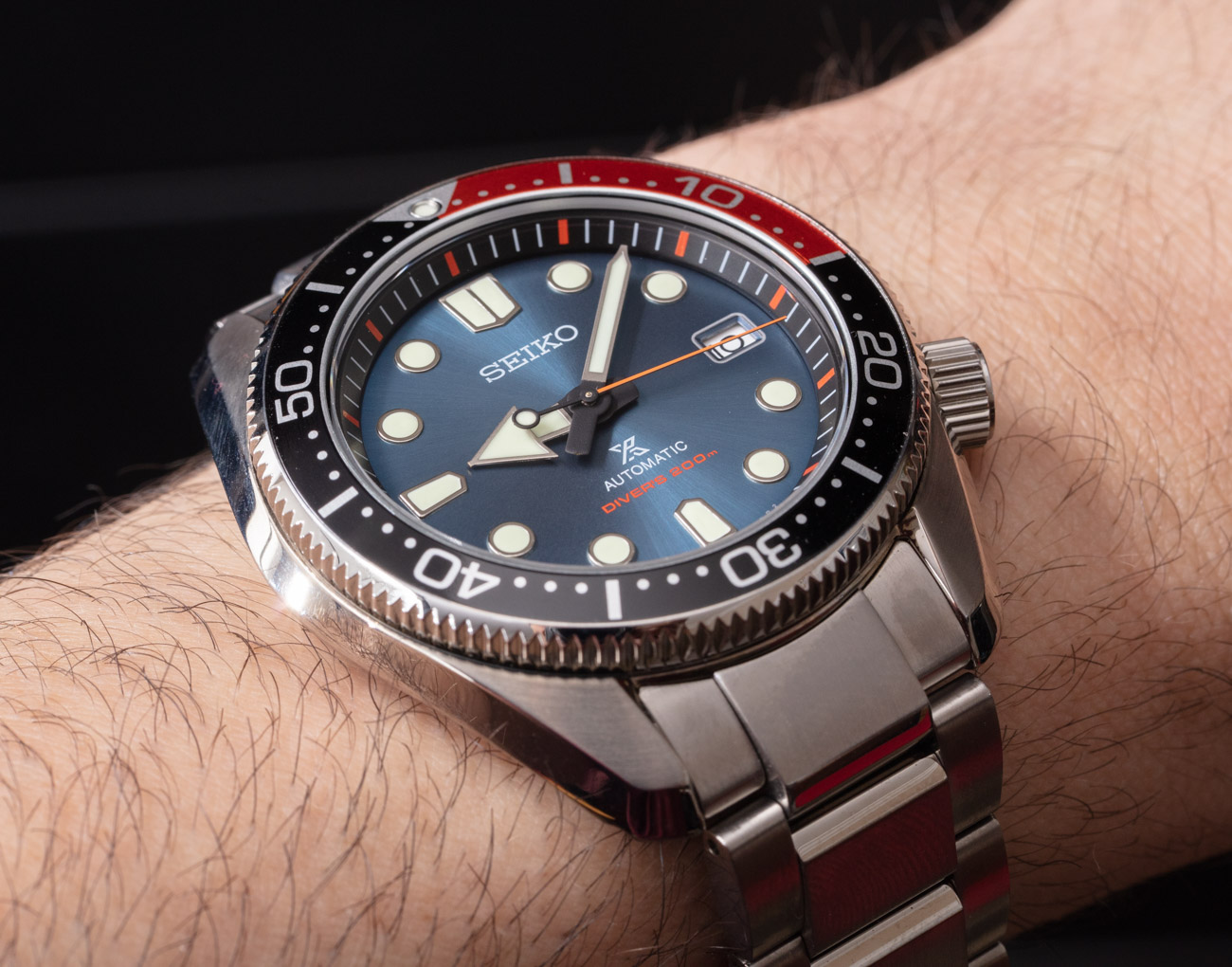
One of the reasons for the above discussion is that I am sensitive to those people who certainly want a Seiko dive watch but can’t seem to decide which one to get next. This is a common (first-world) problem, but it is no less frustrating for timepiece lovers. At even similar price points, Seiko seems to offer an array of timepieces with different designs, different movements, and different materials. Which is the better watch? The truth is that most of them are good watches and the best thing to do is opt for those products whose design and story speak the loudest to you. If you try to compare specs, materials, and movement performance between relatively similar Seiko models, you might go mad before you make a decision on which is the best to buy.
So, who goes for the a Seiko Prospex SPB097? All the watches in this Prospex dive watch family are essentially the brand’s latest reinterpretation of a design from the Japanese watchmaker that came out in 1968. From the 1960s to the 1970s, Seiko was prolific in releasing dive watch designs. That didn’t end later, but given the timepiece market’s insistent focus on retro designs, Seiko has been newly prolific in re-making pretty much all of its retro styles in a dizzying array of models that can range in price by several thousand dollars.
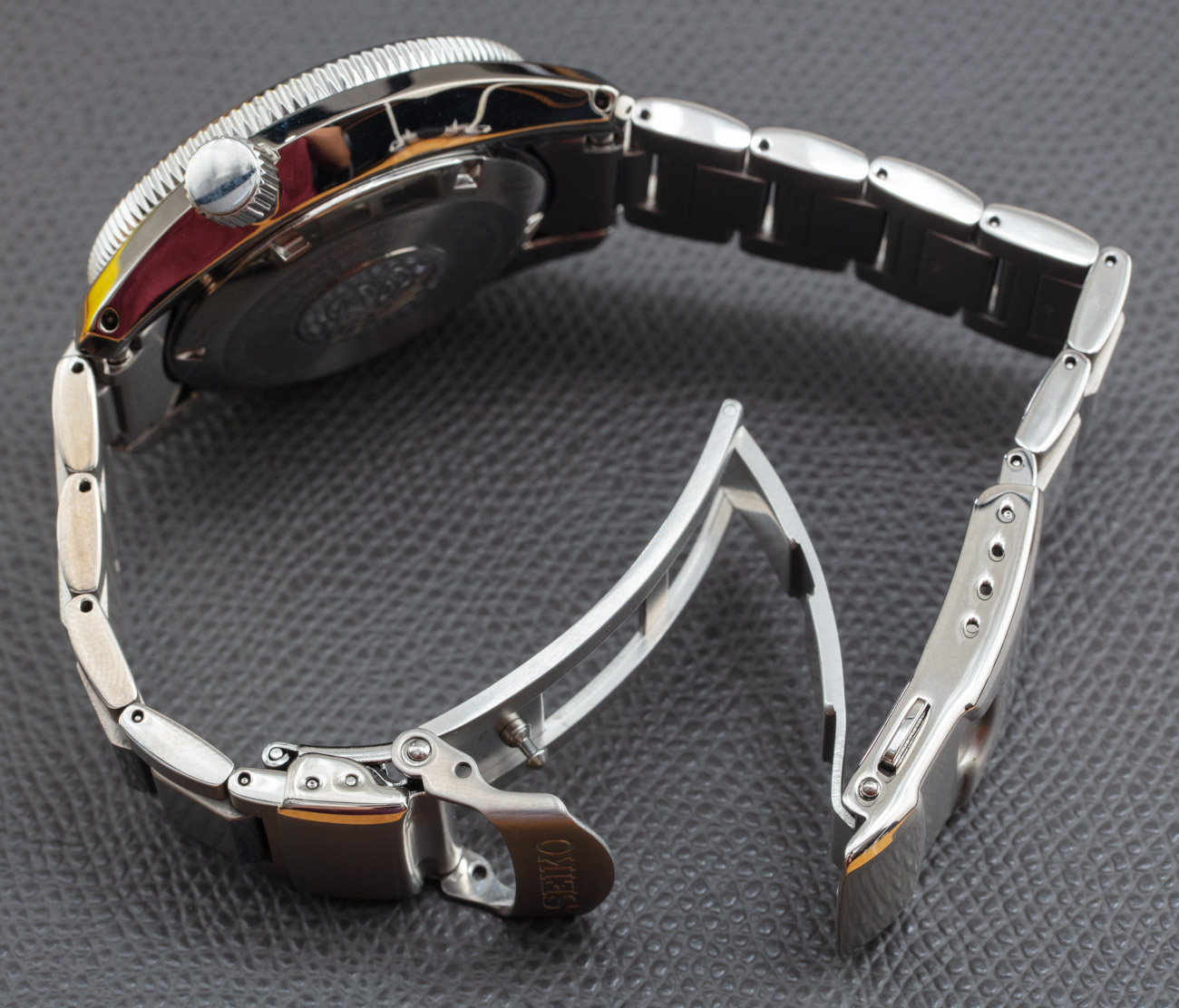
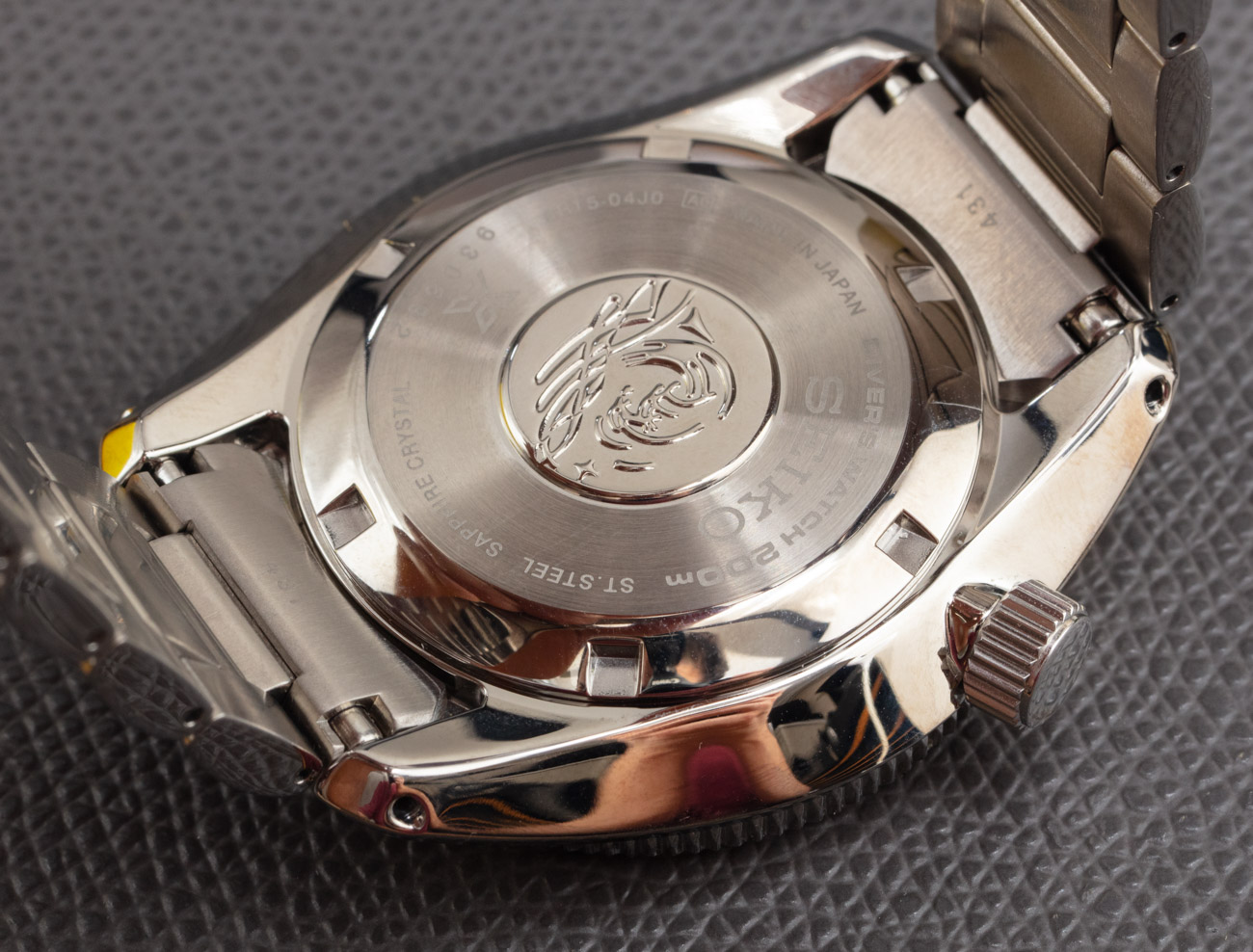
At just over $1,000 retail, the Seiko Prospex SPB097 and its kin have an important role to play for the brand since the $1,000 price point is a unique hurdle for watch lovers. Once consumers get to this level, they are in real “nice watch” territory and begin to have a lot of value and quality expectations. The consumer who spends this amount is typically gradually moving up the price ladder but has a collection that is still pretty concentrated. That tends to mean any new watches they get should be versatile because they are going to get a lot of wrist time. That’s a good way of looking at the Prospex SPBXXX collection — it’s nothing if not versatile. This is one of the most conservative Prospex watches out there right now, in addition to its being very legible and utilitarian.
Seiko points out that the SPB097 and SPB105 are “re-imagined” versions of dive watches Seiko started making in 1968. I believe it was just a few years before, in 1965, that Seiko first started making dive watches. The case style is sort of tonneau that has become very popular within Seiko dive models, and here it’s 44mm wide (though with the dial not being super wide, this watch wears a bit smaller. The 200-meter water-resistant steel case is one of the highlights of the watch since it is so well finished and elegant-looking with its contrast polishing. Seiko is one of the kings of good case finishing — especially at these more reasonable price points. Over the dial of the watch is an AR-coated sapphire crystal. The dial is most easily typified by its arrow-style hour hand.
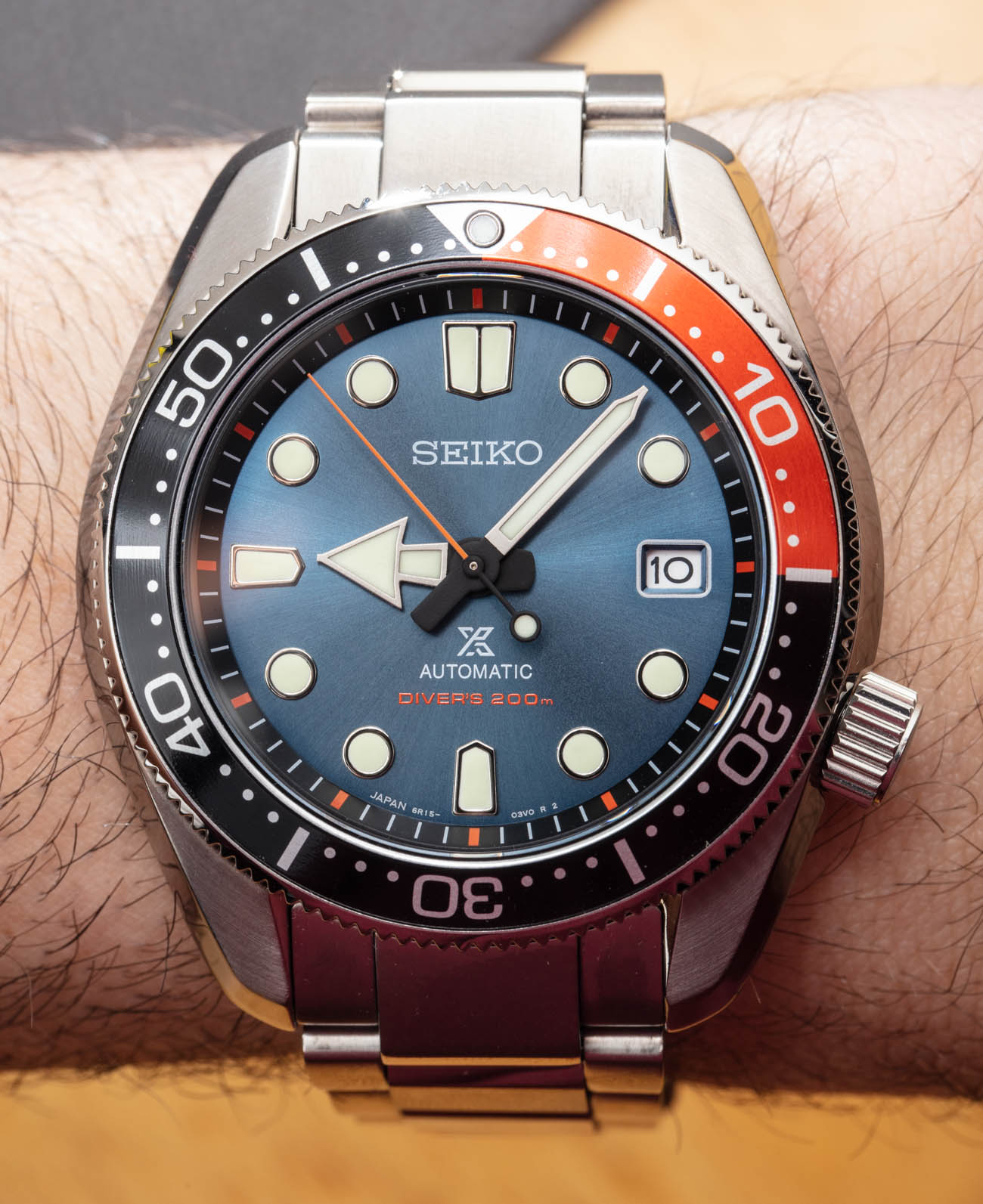
Here the dial is metallic “twilight blue,” which is paired with a black and orange rotating bezel and other orange accents. It actually feels way more refined than some of the wilder-looking bright-colored Seiko dive watches out there. What makes things a bit confusing for consumers is that some Prospex SPBXXX models have ceramic bezel inserts (like the SPB105) and some (like the SPB097) have aluminum bezel inserts. Neither seems to affect the price, but I would prefer ceramic when given a choice. That said, Seiko does not offer two-tone ceramic bezels (at least not yet, and not at this price point).
Seiko notably upgraded the bracelet for this $1,000-plus watch as compared to some of its previous hardware. The steel bracelet feels more solid with milled links and upgraded parts for the fold-over safety deployant clasp. While it is indeed an upgrade, I think Seiko should still strive to phase out as many of the stamped metal components as possible. These feel very “last gen” to Seiko collectors, even if novices won’t know the difference. The bracelet is otherwise comfortable and has a diver’s extension (which always amuses me because it is challenging to open and close if you don’t know what you are doing). Not as though most people will ever actually operate this feature (statistically speaking, that is). For the price point, Seiko mentions that it also includes a diver’s-style silicone strap with the Prospex SPBXXX watches — which is nice to know since, for actual sports activities, the comfort and practicality of those straps can’t be easily beaten.

Inside the watch is the Seiko in-house-made caliber 6R15 automatic movement. It operates at 3Hz (21,600 bph) with about 50 hours of power reserve offering the time and date. This is a relatively standard Seiko workhorse movement, and this is about the top dollar point I’d recommend for this movement. Why? Well the 6R15 is a solid performer, no doubt, but at this price point, people can buy a plethora of Swiss-made dive watches with 4Hz movements. For Seiko to retain its legendary high-value proposition and competitiveness, they should offer at least what you can get in a Swiss-made timepiece (and typically much more).
On comparison, you still typically get more in a Seiko sports watch for $1,000 than many “equivalent” Swiss-made watches, but at certain price points, the gap is closing. That said, Seiko Prospex value-propositions are a moving target, as each year Seiko endeavors to offer more and more features and attractive materials at these price points. You typically do not see such advancement (at least not as quickly) in the timepieces offered by the European brands.
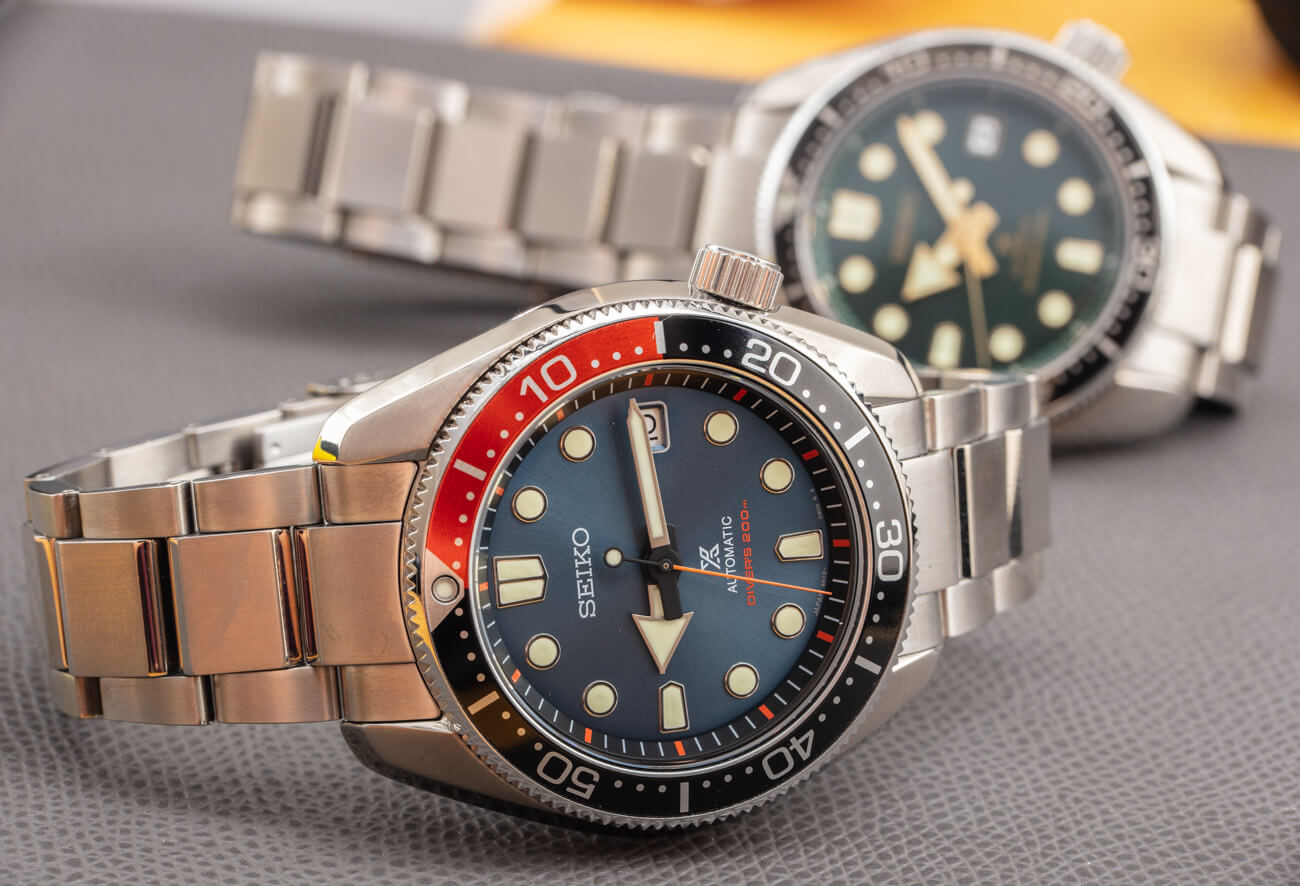
An easy reason to like the SPB097 is that you prefer its conservative style with fun colors as a daily wear. That goes for the SPB105 as well, but for a metallic green dial and black ceramic bezel. The style will look good for years, bolstered by the fact that Seiko is likely nowhere nearby celebrating this case and dial design — over and over again. Price for the Seiko Prospex SPB097 is $1,150 USD and retail price for the Prospex SPB105 is $1,050 USD. Learn more at the Seiko Luxe website here.

